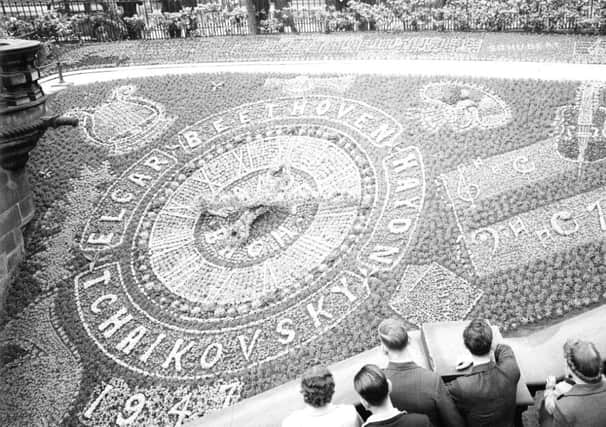Scottish fact of the week: First Edinburgh Festival


With over two million tickets sold for the Edinburgh Festival Fringe alone this year, the picturesque capital becomes a heaving cultural megalopolis at the tail end of summer.
It has, however, come from humble, perhaps even desperate beginnings. Edinburgh was at the centre of an effort to foster goodwill and a coming together of people from across the world in the postwar period. In 1947, the inaugural Edinburgh International Festival of Music and Drama (now simply the Edinburgh International Festival) took place in Scotland’s capital. It was, by all accounts, a huge success.
Advertisement
Hide AdAt a time when Edinburgh had trams and theatre, opera and ballet dominated the festival diet, the city nonetheless embraced the event wholeheartedly, and perhaps with less of the fatigue that now accompanies the festival’s contemporary incarnation as the number of visitors swell ever more.
A cutting from the Manchester Evening News, who sent a reporter down to observe the festival’s first incarnation, describes the scene: “Visitors here have a an obstinate habit of refusing the obvious. And although proud landmarks like Holyrood Palace and the Castle... and Princes-street [sic] itself looks like they have just come back from the laundry the crowds prefer to wander delightedly around the dingy, smelly closes and wynds of Canongate.
“Said one Hungarian woman, summing it all up... ‘It’s a mixture of Rome and Manchester, seasoned with a drop of Paris and a dash of Budapest.’”
Sir Rudolf Bing, who ran the Glyndebourne Opera Festival in East Sussex, first conceived of the festival in 1944, but had initially considered several locations in England before opting for Scotland.
Henry Harvey Wood, who co-founded the festival with Sir Rudolf, laid out the criteria for the festival’s eventual location.
“Certain preconditions were obviously required of such a centre,” he wrote. “It should be a town of reasonable size, capable of absorbing and entertaining anything between 50,000 and 150,000 visitors over a period of three weeks to a month. It should, like Salzburg, have considerable scenic and picturesque appeal and it should be set in a country likely to be attractive to tourists and foreign visitors. It should have sufficient number of theatres, concert halls and open spaces for the adequate staging of a programme of an ambitious and varied character.”
L’Orchestre Colonne of Paris, led by conductor Paul Paray, the Sadlers Wells Ballet and the Glyndebourne Opera were among the headline acts at the festival.